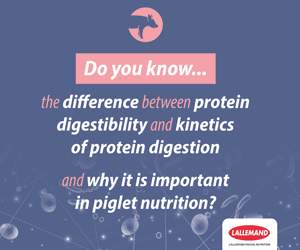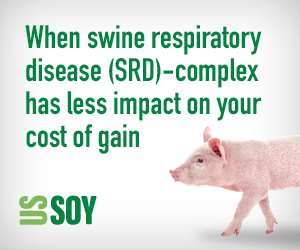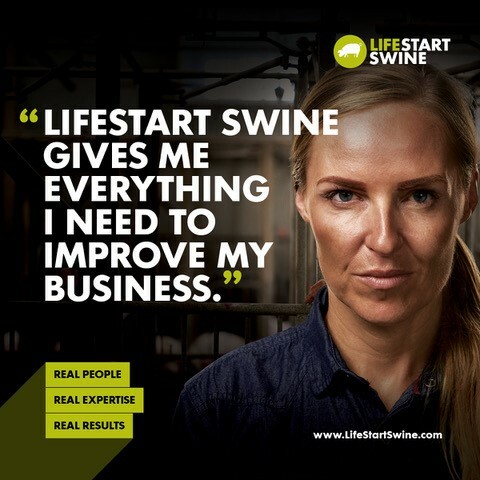



Smithfield profits up from better beef and pig margins
US - Meat producer Smithfield Foods Inc., which operates the world’s largest hog slaughterhouse, in North Carolina, reports that its fourth-quarter profit rose sharply. Rising pork and beef sales have offset the higher cost of grain to feed its hogs. |
| In the pork segment, packaged-meats volume grew 31 percent, Smithfield Foods Inc. said. |
Profit totaled $37 million, or 33 cents a share, for the quarter ended April 29, compared with $1.1 million, or a penny a share in the same period last year.
Results include a 4-cent charge on the value of some beef segment assets and a gain of 5 cents from a lower tax rate. The 2006 quarter included a 5-cent charge for restructuring East Coast pork-processing operations.
Sales rose 14 percent to $3.06 billion, from $2.68 billion a year ago.
Analysts had expected profit of 36 cents a share on revenue of $3.16 billion, but shares of Smithfield fell 53 cents, or 1.6 percent, to close at $31.88.
Pork sales grew 19 per cent to $2.06 billion. However, hog-production operating profits fell, because of higher costs and the impact of circovirus infection at a number of production sites.
“Our hog-production business has been carrying Smithfield Foods for quite some time,” said Larry Pope, the company president and chief executive.
Results for pig production were below a year ago due to higher rising costs and the impact of disease. US production costs averaged $46 per hundredweight versus $40 per hundredweight last year. The company marketed nine percent fewer head domestically in this quarter versus the same quarter last year.
The company is implementing more vaccination programmes which is making substantial progress in increasing production levels.
Processed foods better
Improved margins in both packaged meats and fresh pork sectors produced considerable gains in the Pork segment. Packaged meats volume grew 31 percent, primarily the result of the contributions of Armour-Eckrich, acquired in October 2006. Some important product categories, such as pre-cooked bacon, lunch meats, smoked sausage and dry sausage, had growth of virtually double the prior year.
Beef processing margins improved significantly, too compared with a year ago. Cattle numbers have been low, but beef processing earnings were more than offset by losses in the company’s cattle feeding operations, which were depressed by severe winter weather, higher grain prices and higher-priced feeder cattle purchased earlier this year.
For further information on Smithfield performance click here
















